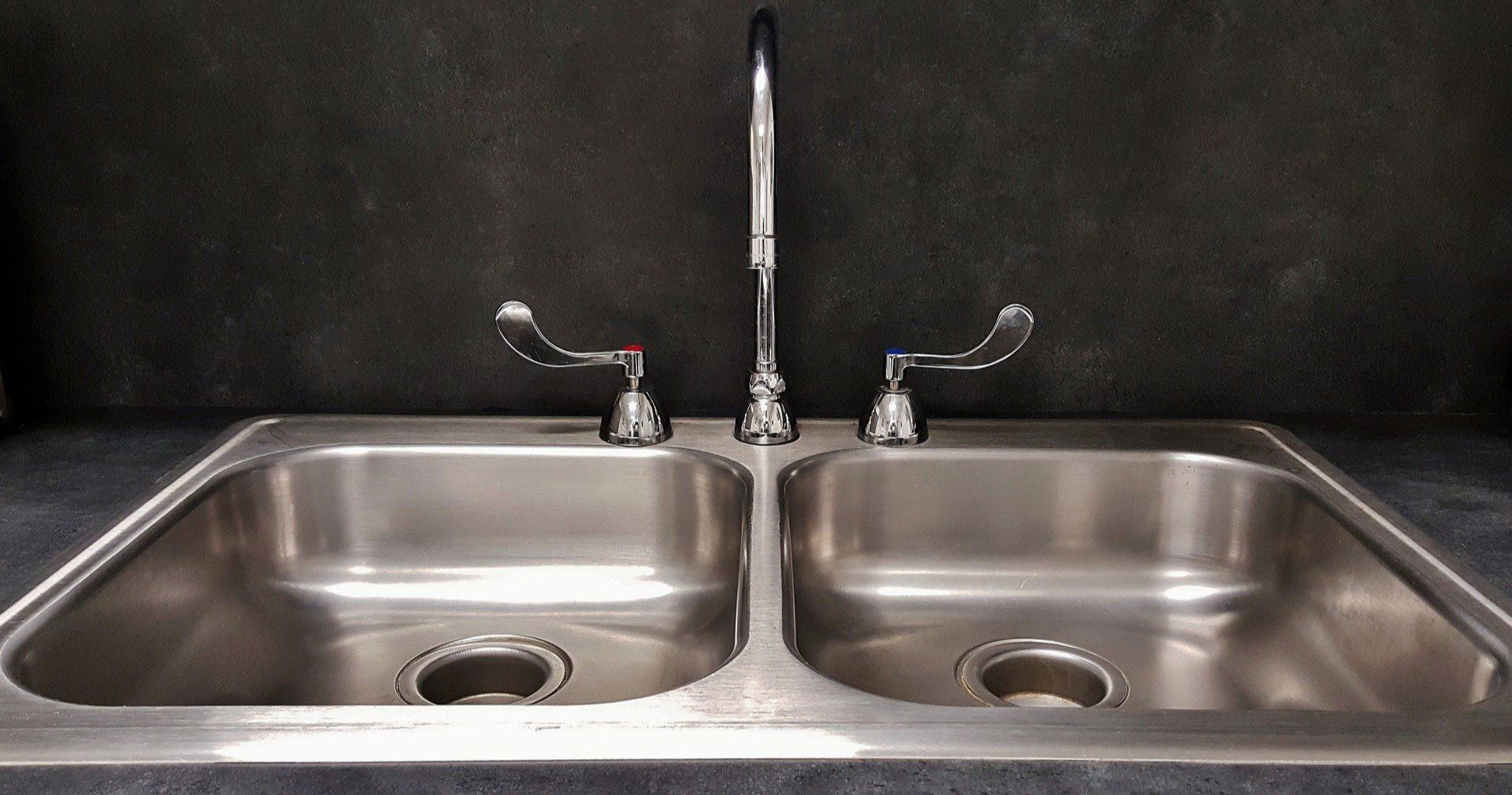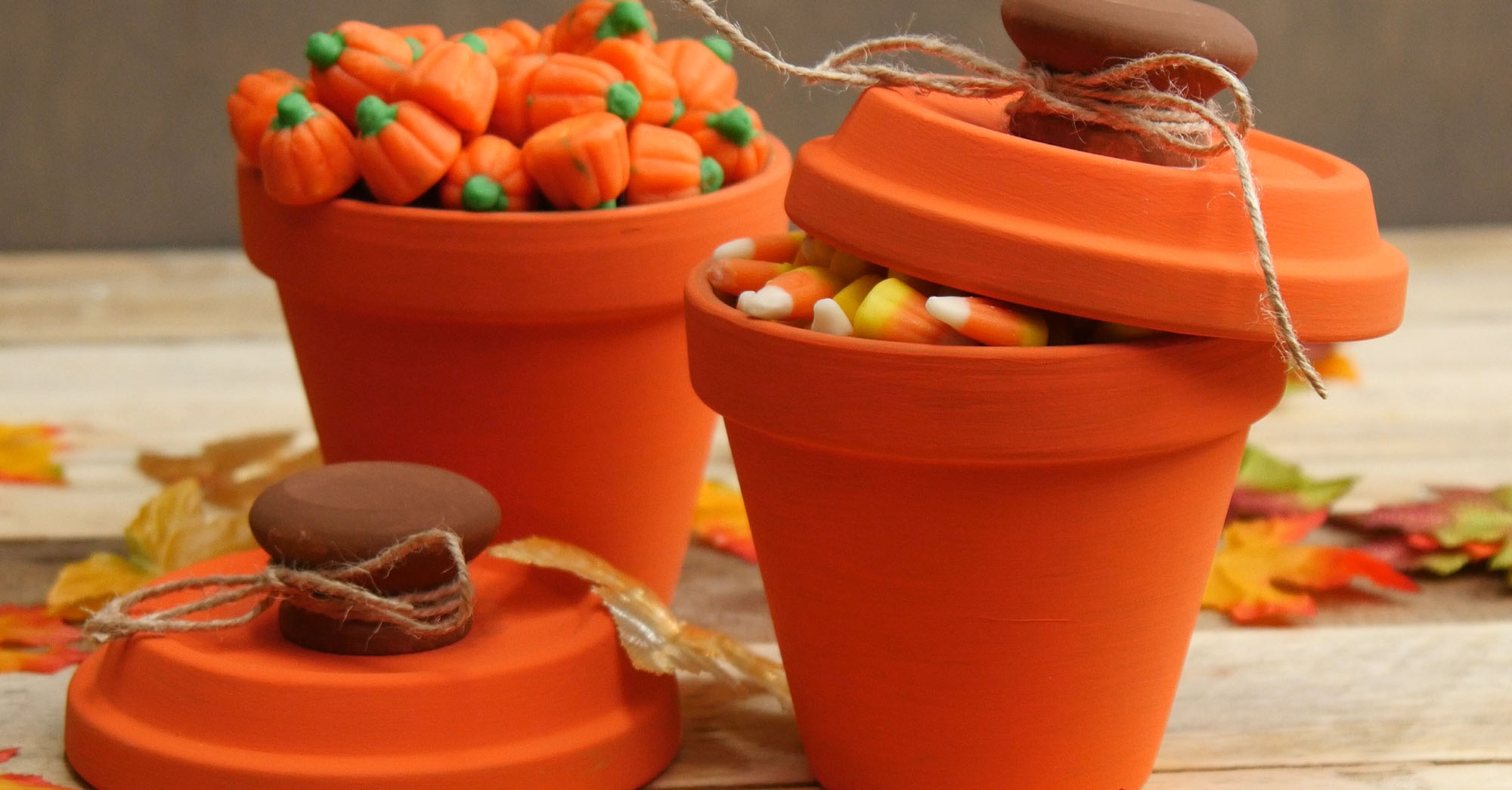1. Faucet Arc
Faucets typically come in one of two designs, based on the spout, high arc, or low arc. Deciding on the type of arch most suitably depends on several factors, both structural and functional. First, you will need to consider the space occupied by the faucet. Higher arc faucets take up a lot of vertical space and may impede any counter space above the sink. Further, if there is a low window behind the sink, the higher arched faucet may interfere with the window sill or vice versa. Additionally, it would be aesthetically displeasing having a protruding spout above a low window sill. On the other hand, it is essential to consider the function of the faucet. A lower arced spout may hinder practicality, especially if large pots get frequently placed in the faucet sink. Therefore, it is essential to consider these factors to determine which design is best suited for the kitchen.
2. Function
While aesthetics are necessary when fitting a kitchen faucet, it is essential to consider how the sink area will most often get utilized. Most frequently, individuals opt for a single-hole retractable faucet design, making it easy to use for most kitchen duties. However, you may require an extra faucet for drinking water, or even for dispensing hot water. Such requirements may require extra holes on your sink, which must get determined before installing the kitchen sink. Further, the faucet should be easy to use, allowing for precise water flow and temperature adjustment. For this, there are single or double-handled faucets that allow effortless use. Further, hands-free faucets work through motion control, which could be invaluable when hands are greasy or dirty. There are also counter-mounted, or wall-mounted faucet designs, and you should choose the most appropriate design according to the function the faucet gets expected to serve.
3. Faucet Finishes
Most importantly, faucet design should complement all other styles in the kitchen. For instance, if other kitchen appliances are in stainless steel, a brass finish faucet will clash. The most common materials used in faucets are stainless steel and brass, though cheaper models are made from zinc alloy. Further, most finishes come in gold, brass, and nickel. However, for more durable faucets, look for titanium and epoxy finishes. There is plenty of variety in design and finish, and Mr. Kitchen Faucets is a suitable place to identify the most suitable fit for the whole kitchen aesthetic.
4. Maintenance
The kitchen faucet's durability is essential, as this determines how frequently maintenance work gets needed in the kitchen. It is vital to ensure that the choice made will reduce the probability of having frequent replacements or repairs. There are several factors to consider about the faucets, from valve type to design material. Opt for more robust materials like brass, both the faucet body and its controls, which will ensure a longer lifespan. A brushed nickel finish will enhance durability, while a titanium coat will ensure that the faucets maintain the clean look, without any scratches. It is also important to note whether internal parts are individually replaceable or not, to provide more straightforward repairs than replace the whole unit.

